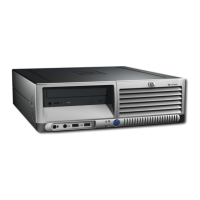
Do you have a question about the HP dx7300 and is the answer not in the manual?
| Form Factor | Microtower |
|---|---|
| Audio | Integrated High Definition Audio |
| Processor | Intel Core 2 Duo |
| RAM | Up to 4 GB DDR2 SDRAM |
| Storage | Up to 500 GB SATA |
| Operating System | Windows XP Professional, Windows Vista |
| Optical Drive | DVD-ROM, DVD+/-RW |
| Network | Ethernet LAN 10/100/1000 |
| Ports | USB 2.0, Serial, Parallel, PS/2, VGA, Audio In/Out |
Explains the guide's structure, content, and intended audience for effective usage.
Lists manufacturers' documentation and online resources for further technical details.
Details the specific model numbering convention used for HP systems.
Provides information on locating and identifying the unit's serial number.
Describes the notation and conventions used throughout the document for clarity.
Provides a comprehensive list of acronyms and abbreviations used within the guide.
Introduces the chapter covering the system's processor and memory architecture.
Details the features, architecture, and specifications of the Intel Pentium 4 processor.
Describes the DDR2 memory architecture, configuration, and capacity.
Introduces the chapter that discusses system support features and components.
Explains the PCI bus implementation, operation, and related specifications.
Covers essential system resources like hardware interrupts and DMA.
Details the Real-Time Clock (RTC), CMOS memory, and configuration functions.
Discusses system management aspects including security, power, and status.
Provides I/O port maps and information on miscellaneous system functions.
Introduces the chapter detailing the system's various input and output interfaces.
Details the Serial ATA (SATA) interface, configuration, and RAID functionality.
Explains the diskette drive interface functionality and programming.
Describes the RS-232 serial interface, its connectors, and programming methods.
Details the parallel interface, its operational modes, and programming.
Covers the keyboard and pointing device interface and its operational aspects.
Explains the USB interface, its ports, data formats, and cable specifications.
Details the HD audio subsystem, controller, codec, and relevant specifications.
Covers the Network Interface Controller (NIC), its features, and specifications.
Introduces the chapter detailing the integrated graphics subsystem.
Details the functional description and features of the Intel Q965 GMCH graphics controller.
Lists the standard display modes and resolutions supported by the graphics controller.
Provides instructions and considerations for upgrading the system's graphics capabilities.
Describes the pinout for the standard VGA monitor connector.
Introduces the chapter covering power supply and signal distribution within the system.
Details the power supply assembly, its control logic, and power button functions.
Explains the power supply cabling and distribution for different system form factors.
Illustrates general signal distribution between main system subassemblies.
Introduces the BIOS ROM, its functions, and supported operating systems.
Explains how to update or re-flash the system BIOS firmware using various methods.
Details boot processes, including device order, network boot, and error codes.
Describes the BIOS Setup utility for configuring system functions and parameters.
Lists BIOS functions supporting intelligent manageability applications like diagnostics.
Covers SMBIOS support for retrieving system information and structure data.
Explains USB legacy support, particularly for keyboards during ROM-based setup.
Introduces the appendix listing system error codes and their probable causes.
Lists beep and power LED codes indicating system status or specific errors.
Details POST messages and their probable causes for system startup issues.
Lists general system error messages and their corresponding probable causes.
Lists specific error messages related to memory configuration and test failures.
Lists error messages related to keyboard interface and controller failures.
Lists error messages related to printer interface and communication issues.
Lists error messages related to video controller and graphics performance issues.
Lists error messages related to diskette drive operations and media errors.
Lists error messages related to serial interface communication problems.
Lists error messages related to modem and communication device failures.
Lists error messages indicating system status issues like temperature or fan failures.
Lists error messages related to hard drive operation, testing, and failures.
Lists more hard drive error messages, including tape drive related errors.
Lists additional error messages pertaining to video and graphics adapter issues.
Lists error messages related to the audio subsystem's internal operations.
Introduces the appendix providing a reference table for ASCII character codes.
Introduces the appendix describing the HP keyboard and its functionality.
Explains how the keyboard processes keystrokes, generates scan codes, and communicates.
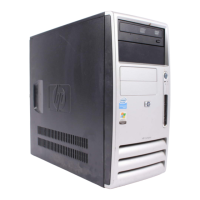


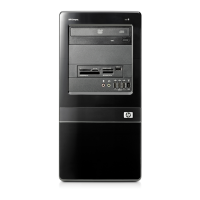


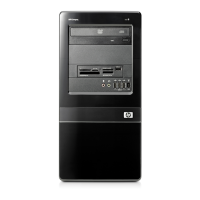


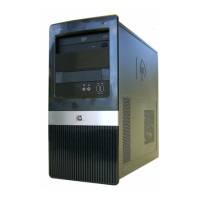


